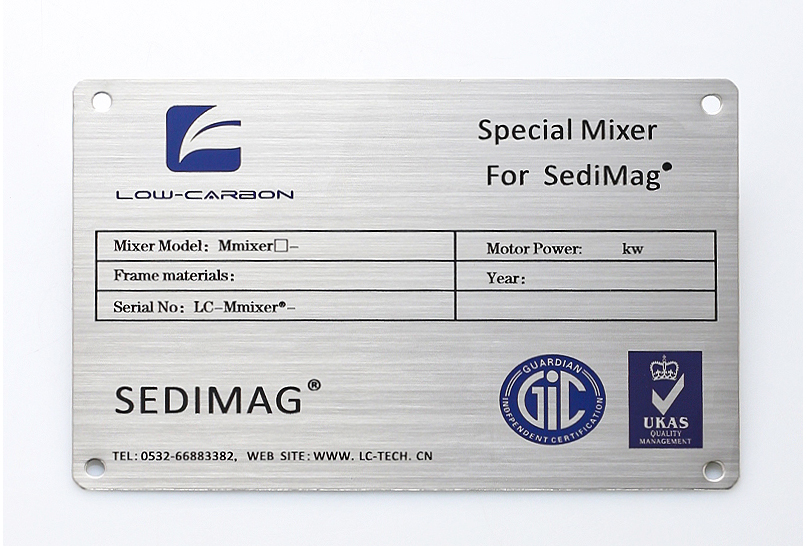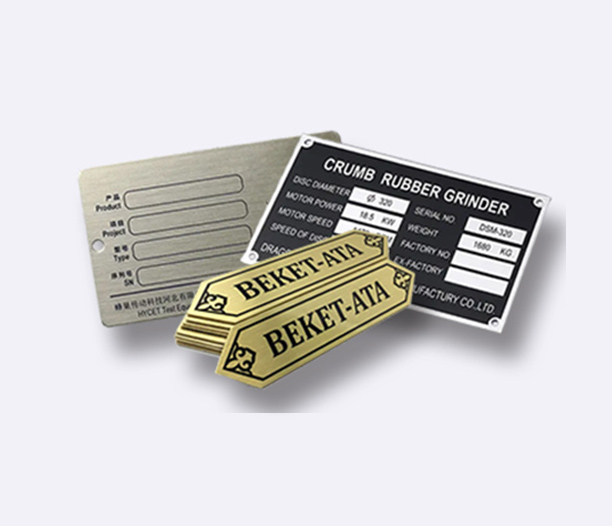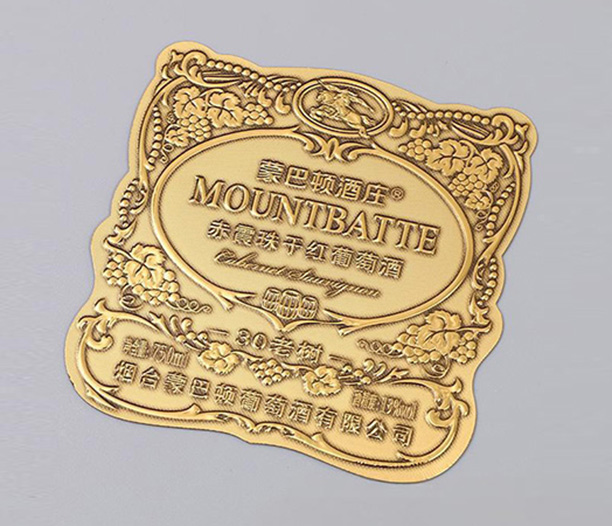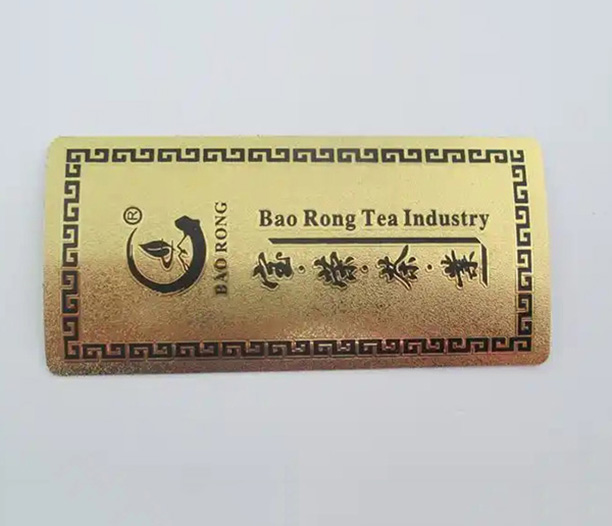Stainless steel nameplates are widely used in industrial, commercial, and decorative applications due to their durability, corrosion resistance, and professional appearance. However, not all stainless steel nameplates are created equal. To ensure you are investing in a high-quality product, it is essential to evaluate several key factors. This guide will help you identify the characteristics of a premium stainless steel nameplate.

1. Material Grade and Composition
The quality of a stainless steel nameplate largely depends on the grade of stainless steel used. The most common grades for nameplates are:
304 Stainless Steel: Offers excellent corrosion resistance and is suitable for most indoor and mild outdoor environments.
316 Stainless Steel: Contains molybdenum, enhancing its resistance to harsh conditions, including saltwater exposure, making it ideal for marine or industrial applications.
To verify the material grade, check the manufacturer’s specifications or request a material certification. Low-quality alternatives may use inferior alloys or coatings that degrade over time.
2. Surface Finish and Aesthetics
A high-quality stainless steel nameplate should have a smooth, uniform finish without visible defects such as scratches, pits, or discoloration. Common finishes include:
Brushed Finish: Provides a matte, textured appearance that hides minor scratches.
Mirror Polish: Delivers a reflective, high-gloss surface for a premium look.
Bead Blasted Finish: Creates a soft, satin-like texture.
Inspect the edges and corners—they should be cleanly cut without burrs or rough spots. Poor finishing may indicate rushed manufacturing or low-grade materials.
3. Engraving and Marking Precision
The method used to engrave or mark the nameplate affects its durability and clarity. High-quality nameplates typically use:
Laser Engraving: Produces precise, permanent markings that resist fading.
Chemical Etching: Creates deep, corrosion-resistant engravings.
Embossing/Debossing: Adds a raised or recessed design for tactile distinction.
Avoid nameplates with shallow or inconsistent engravings, as they may wear off quickly.
4. Corrosion and Wear Resistance
A premium stainless steel nameplate should withstand environmental exposure without rusting or tarnishing. To test corrosion resistance:
Salt Spray Test: A standard test where the nameplate is exposed to a saline mist to simulate harsh conditions.
Real-World Exposure: If possible, check customer reviews or case studies of nameplates used in similar environments.
Low-quality nameplates may develop rust spots or discoloration over time, especially in humid or coastal areas.
5. Thickness and Structural Integrity
The thickness of the stainless steel sheet impacts durability. Standard nameplates range from 0.5mm to 2.0mm in thickness. Thicker nameplates (1.0mm or more) are more resistant to bending and impact damage.
Flex the nameplate slightly—if it feels flimsy or bends too easily, it may not be suitable for long-term use.
6. Adhesive or Mounting Mechanism
If the nameplate is adhesive-backed, ensure the adhesive is strong and weather-resistant. High-quality nameplates use:
3M VHB Tape: A durable, industrial-grade adhesive for permanent mounting.
Mechanical Fasteners: Screws or rivets for heavy-duty applications.
Cheap adhesives may fail, causing the nameplate to peel off prematurely.
7. Manufacturer Reputation and Certifications
Reputable manufacturers adhere to industry standards such as:
ISO 9001: Ensures quality management systems.
RoHS Compliance: Confirms the absence of hazardous substances.
Research the manufacturer’s history, customer feedback, and warranty policies before purchasing.
Conclusion
A high-quality stainless steel nameplate should exhibit superior material composition, precise craftsmanship, and long-term durability. By evaluating these factors, you can ensure your nameplate remains legible, corrosion-resistant, and visually appealing for years. Always source from trusted suppliers and verify material certifications to guarantee the best performance.





